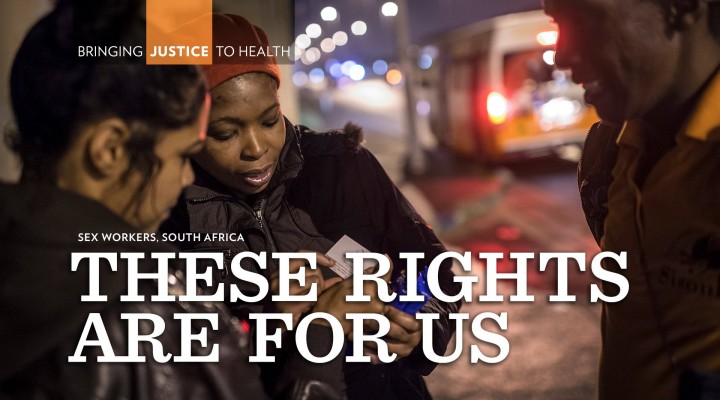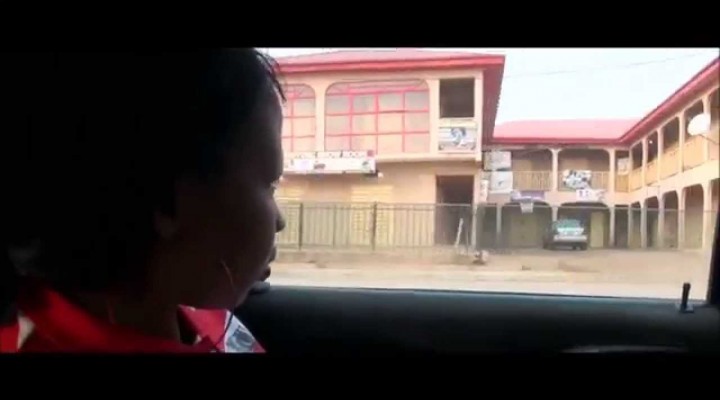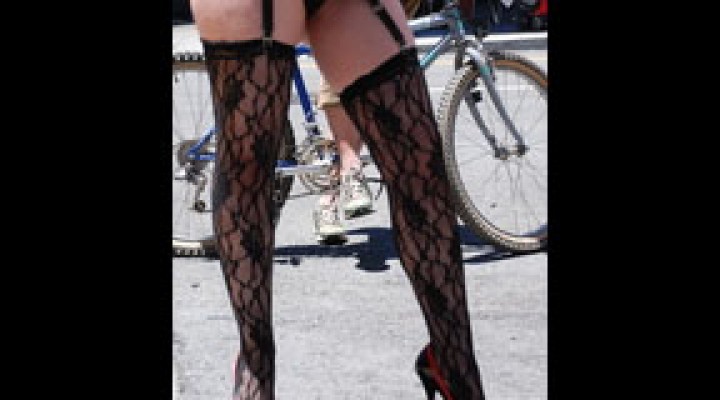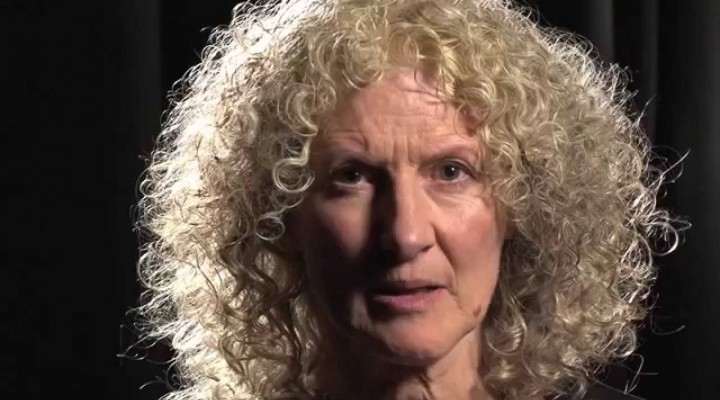US Premiere! Indian sex workers in Sonagachi, Calcutta’s sprawling red light district, have organized one of the world’s largest and most powerful sex worker trade collectives. In this short film, Durbar Mahila Samanwaya Committee (DMSC) association puts pressure to bear on law enforcement in Calcutta to protect sex workers, handles the situation of a young woman unwillingly brought into the trade, and arbitrates the case of an underage worker. The process is constructed by sex workers, for sex workers! Producer: Durbar Mahila Samanwaya Committee ( India, 21 min. -2008)
Below is the content explained in this video.
Contact: http://durbar.org/html/anti_trafficking.aspx
Functioning of SRB
Since 1997, the Organization decided to develop strategies to solve the problem of underage girls trafficked into sex work sites and of unwilling women duped/coerced/forced into sex work. Informal rescue of underage girls who came into sex work sites by DMSC began in 1997. Over the next two years, the structure of DMSC Self-regulatory Boards (SRBs) was formalized. The anti-trafficking activities of DMSC can be broadly divided into following phases:
Phase 1 (1997-1998) : Voicing concern about underage trafficking, informal approaches, advocacy and demand creation within the Organization.
Phase 2 (1998-1999) : Piloting of formal Self-regulatory Boards in selected sex work sites in Kolkata and advocacy in forums outside the Organization.
Phase 3 (1999-2000) : Demand generation and increasing reach of SRBs.
Phase 4 (2000-2004) : Self-regulatory Boards established in many sex work sites in West Bengal and, formalizing of their activities and efforts.
Newness/Originality of the Self Regulatory Board of Durbar:
The Self-regulatory Boards of DMSC are innovative in the field of anti-trafficking activities in the following ways:
Partnership with Depts. of Health, Labour and Social Welfare, Govt. of West Bengal: From its inception, SRBs have developed links with Depts. Of Health, Labour and Social Welfare of the Govt. of West Bengal, advocacy among Ministers-in-Charge and Department Secretaries are done regularly. Of late interactions are going on with the State Government on registering a State-level Coordination Committee of SRBs to facilitate rehabilitation of women and girls rescued by DMSC and, to ensure that they get another chance at changing their lives.
Innovative public-private partnerships: Self regulatory Boards are collaborative efforts of sex workers and people from the rest of the society. Sixty per cent of the membership is from die sexworker community and comprise of sexworkers, DMSC branch committee members and peer educators of different intervention projects. Forty per cent of members of SRBs is comprised of local doctors, lawyers, councillors, Panchayat functionaries and local opinion leaders. Efforts are made to include, wherever possible, Social Welfare Officers, State Women’s Commission members, ICDS and other government functionaries.
Focus of SRBs is to make recruitment of underage girls into sex work unviable for brothel-managers and madams. The central strategy is, therefore, rescue and rehabilitation of underage girls or unwilling women forced! coerced into sex work; SRBs concentrate their maximum energy and effort at identifying; rescuing and repatriating/ rehabilitating girls/women trafficked into sex work. DMSC feels, that the central focus should be on the trafficked girl/woman and efforts should be to rescue, repatriate and/or rehabilitate her. DMSC activists, being sexworkers and residing in sex work sites, are uniquely positioned to do this successfully. In areas where SRBs are functioning, trafficking of girls/women for sex work has become unviable for traffickers and other site controllers.
Standardised guidelines, history-taking and medical examination formats are used by SRBs for rescue, repatriation, rehabilitation and follow-up of women trafficked into sex work. S Networking and partnership with the police: SRB members regularly liase with the local police and continue advocacy of their activities with the district and state police. In a number of sex work sites, local police entrust SRB with rescue/rehabilitation of underage girls.
Maintenance of comprehensive documentation, including photographs of rescued persons by DMSC.
Rehabilitation of rescued girls in state-approved shelters and maintaining contact with them to ensure overall development of rescued girls with the aim of improving their chances in life. This is the central post-rescue thrust area for DMSC: providing access for the rescued girls in to nonformal education, vocational trainings and cultural activities. This is in contrast to the rescue of underage girls by law enforcement agencies – whose work ends, for all practical purposes, after the girls is rescued and put into a Govt. run rehabilitation home.
Other efforts: To improve the quality of lives of sexworkers and their children and to give the rescued women/underage girls better chances in life. DMSC runs adult literacy classes; education centres for children/underage girls and provides skills training in handcrafts.





